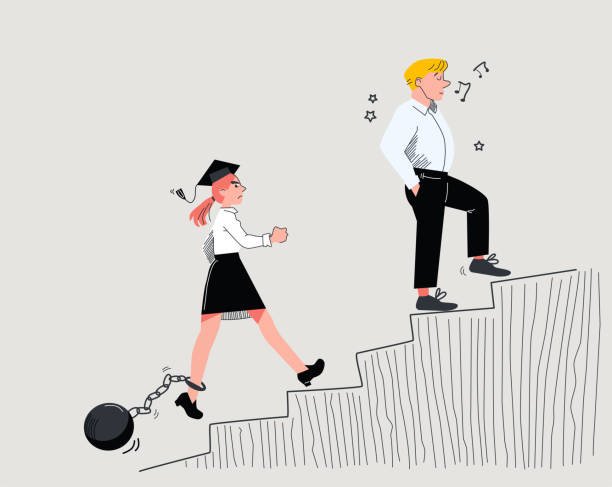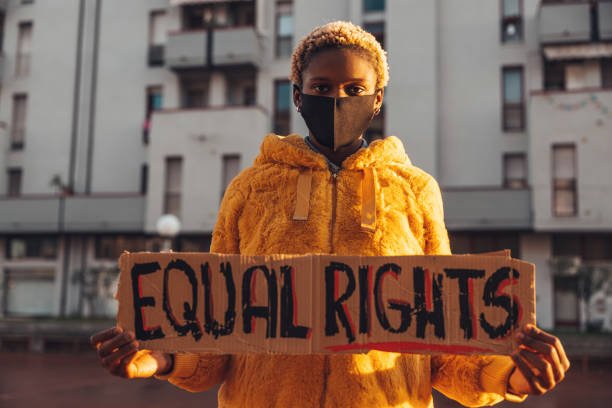20 Examples of Traditional Gender Roles include:
- Men being the primary breadwinners of the family.
- Women being responsible for household chores and cooking.
- Men taking the lead in asking someone out on a date.
- Women being primary caregivers for children.
- Men handling finances and major purchases.
Let’s discuss more about these below:
Traditional gender roles refer to societal and cultural expectations of behavior and attitudes associated with men and women. These expectations are typically based on gender, and often limit the choices and opportunities available to individuals.
20 Examples of Traditional Gender Roles
Here are 20 examples of traditional gender roles:


- Women are expected to be caregivers and take care of children and the elderly, while men are expected to provide for the family financially.
- Men are expected to be assertive and confident, while women are expected to be submissive and passive.
- Women are expected to be nurturing and emotional, while men are expected to be rational and logical.
- Men are expected to be physically strong and dominant, while women are expected to be physically weaker and less dominant.
- Women are expected to be good at domestic chores such as cooking, cleaning, and laundry, while men are expected to be good at tasks like yard work, repairs, and driving.
- Men are expected to be the primary decision-makers in the family, while women are expected to follow their lead and defer to their judgment.
- Women are expected to prioritize their family over their career, while men are expected to prioritize their career over their family.
- Men are expected to be the protectors and providers, while women are expected to be the protected and provided for.
- Women are expected to dress in more traditionally feminine clothing, such as dresses and skirts, while men are expected to dress in more traditionally masculine clothing, such as suits and ties.
- Women are expected to wear makeup and maintain their appearance, while men are not expected to put as much effort into their appearance.
- Men are expected to be the initiators of romantic relationships, while women are expected to be more passive and receptive to advances.
- Women are expected to be more nurturing and compassionate, while men are expected to be more competitive and aggressive.
- Men are expected to be the primary breadwinners, while women are expected to supplement the family income.
- Women are expected to be more emotional and expressive, while men are expected to be more stoic and reserved.
- Men are expected to be the authority figures in society, such as politicians, executives, and religious leaders, while women are expected to play more supportive roles.
- Women are expected to take care of the home and family, while men are expected to work outside the home and provide financial support.
- Men are expected to be more assertive and dominant in the workplace, while women are expected to be more collaborative and supportive.
- Women are expected to be more nurturing and attentive to the emotional needs of others, while men are expected to be more independent and self-sufficient.
- Men are expected to be more adventurous and risk-taking, while women are expected to be more cautious and risk-averse.
- Women are expected to be more interested in fashion and beauty, while men are expected to be more interested in sports and technology.
Video: Gender Roles and Stereotypes
These traditional gender roles have been changing over time, as society becomes more inclusive and gender norms become more flexible. However, they still exist in many societies and can impact individuals’ lives in various ways.
Also Read:
- 12 Reasons why incidents of Gender-based Violence in Communities Continue
- Why South Africans need to help those Affected by Gender-based Violence
- How gender inequality in relationships could contribute to sexual abuse
- How gender inequality in relationships could contribute to teenage pregnancy
- Breaking the Cycle: How Society can Contribute to the Ongoing Displays of Gender Stereotypes in SA Communities
- The Causes of gender-based Violence During Lockdown
- The Negative Impact of Gender Differences in Sports Participation
- Strategies that Girls could Implement to Challenge Gender Stereotypes within the school
- 20 Examples of Traditional Gender Roles
- Why Both Men and Women could become Victims of Gender-based Violence
- What can Victims of Gender-based Violence do to Ensure Safety
- Reasons why Discrimination Against Gender is Illegal in the South African Constitution
- How Can NGOs Take Concrete Steps to Eradicate Gender-Based Violence?
- At what Age do Children Make Gender-Stereotyped Game and Toy Choices?
- Reasons Why Survivors of Gender-based Violence may Feel Hesitant to Report Human Rights Violation
- Strategies that Responsible Citizens may use to Help Victims of Gender-based Violence
- Feminist Legal Theory: is it Wrong to Treat Men and Women Differently on the Basis of Gender
- 10 Causes of Gender-Based Violence in South Africa with Examples
- A Critical Discussion on Gender-Based Violence as a Human Rights Violation in South Africa: Acts and Examples
- The Devastating Effects of Gender-Based Violence in South Africa: Real-Life Examples and the Way Forward

